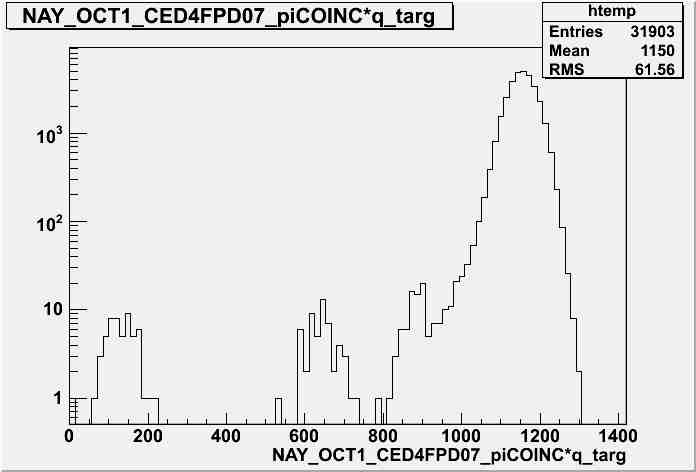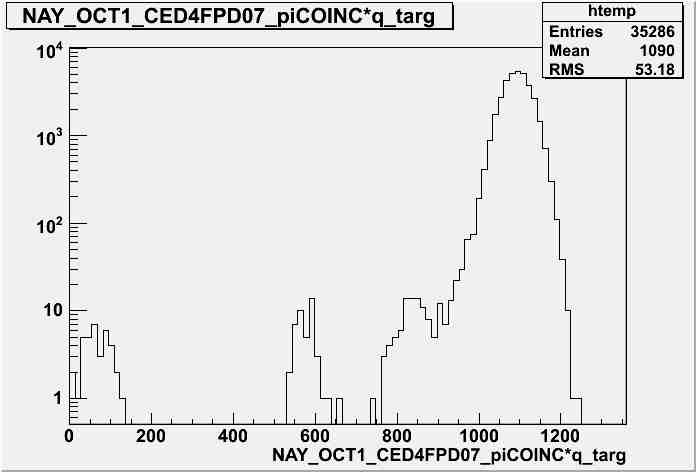Paul and Doug managed to make the scaleres misbehave when they shortened logic signals from a random 25 kHz source (photo-mult) to about 3 ns (see Paul's entry earlier).
A pocket pulser with similar rate (10 kHz) but with periodic instead of ranomly spaced signals did not show any problems.
We verified that G0 signals still do create problems without going through the time encoding electronics. Even BPO, Latch, and CLR signals from octant 7 caused similar features, some even with increased-rate peaks. Remember that the day before we established that the scaler has bits changed by certain types of input signals - as verified above.
Observeing that the Trigger/Splitter module outputs a small fraction of short signals, even though the outputs are supposedly shaped to predetermined length, we decided to retrigger the TRIG 0 output from this module, which serves as the scource for BPO etc. Note that we made several attempts to convince the Trigger/Sp. module to behave, with no posititve result.
Reshaping the BPO etc. signals (with associated signal delays etc)
unfortunately did not cure the reduced rate problem as shown in the
attached Figures, for pion matrix pixel CED4 - FPD 7.
Figure 1: run 33599: retriggered BPO

Figure 2: run 33601: normal BPO
